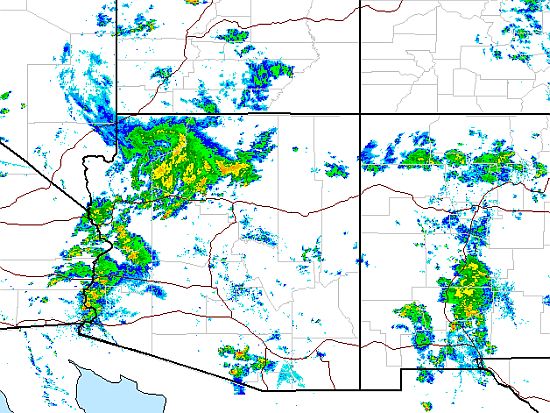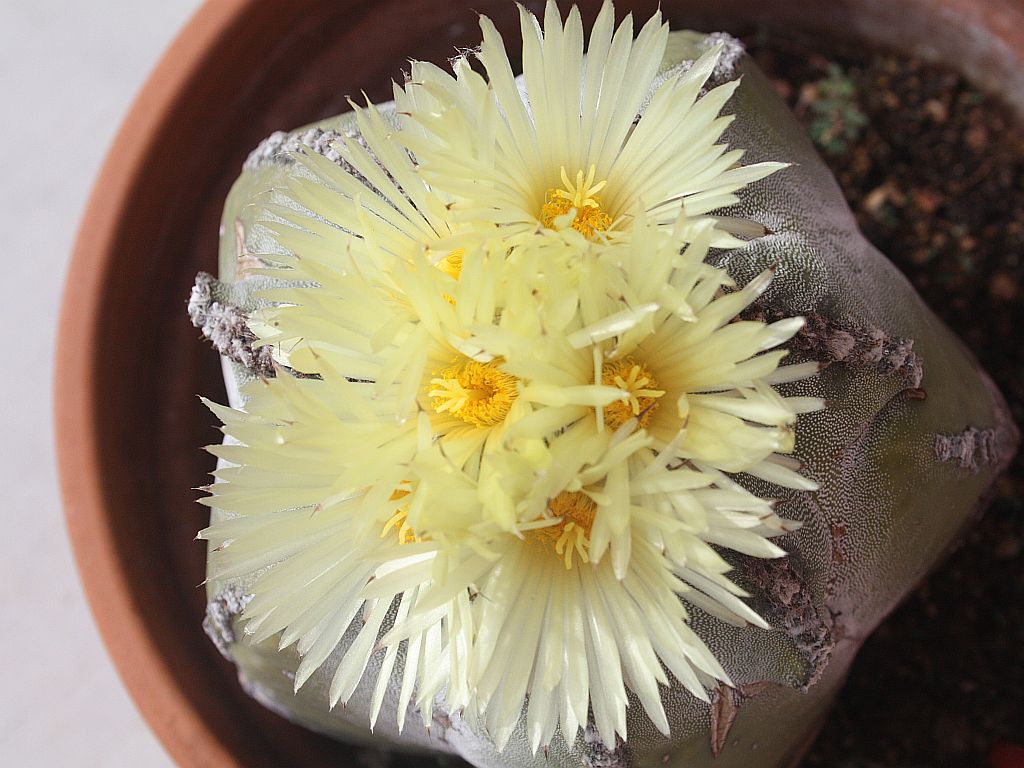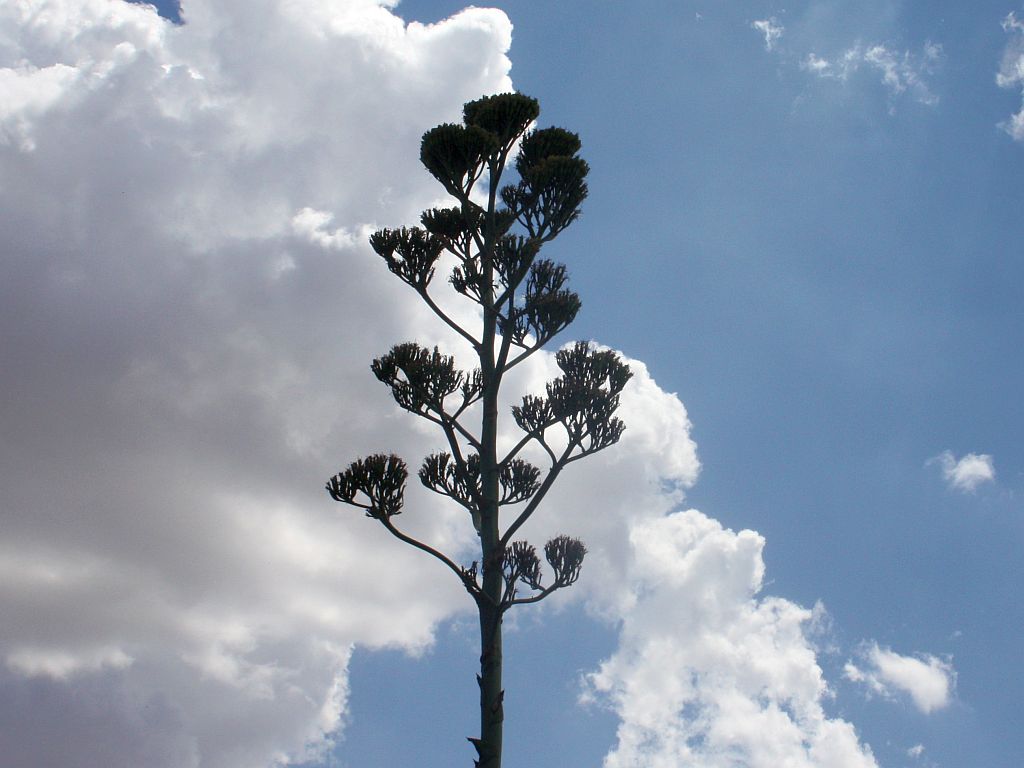August 2012
Monsoon Evening

We had a pretty good rain shower this afternoon. It quickly came and went without much impact other than raising the humidity in our part of the Sonoran desert to an astounding 65%. Who ever said that Sonoran summers were a DRY heat?
All jesting aside, the rain this summer has brought a badly needed increase to the ground water plane here, regardless of the minor discomfort of a little mugginess. Tonight’s radar weather map indicates a lot of shower activity along the lower Colorado river and north of I-40 in the Kaibab plateau. The Sandia mountains and a lot of new Mexico are also enjoying a rainy evening.
There are a few flash flood warnings in all the heavy rain shower areas.
Issues Dialogue
Another terrific Ramirez analysis – this time he focuses on the issues. Too bad neither candidate is as focused. Click ‘toon to enlarge.
Lawyer’s Tongue Cactus
Lawyer’s Tongue prickly pear cactus is also known as “Cow’s Tongue,” “Donkey Ear” and opuntia engelmannii var. linguiformis. We collected a specimen that was laying on the ground under a larger plant in the wash running through one of the local parks. We placed it in a pot of native soil from our wash last summer. I think it likes it here because it quickly grew two new pads the first year. Now, it is almost time to re-pot it or maybe put it in the ground.
We found WufStuff, a very interesting website that describes this cactus and has a lot of good information about prickly pear cacti in general. Excerpt:
A common sight in Arizona gardens is the Cow’s Tongue Prickly Pear. Folks like this cactus because of the unusual shape of the pads, which strongly resemble a cow’s tongue. It takes little water, and has yellow or orange flowers in the spring that form along the margins of the pads, followed by numerous red fruits.
The cultivating of these cactus requires only that it be planted and left to grow on it’s own, no fertilizer, no watering, nada, nothing. Best grown on land useless for growing corn and other Cattle feed stock. After a year or two, the pads are ready to eat and the fruit is ready to harvest if so desired. After each feeding the cactus is left to grow another meal which happens quite quickly in the desert lands of the Southwest.
Click on the image above to enlarge.






